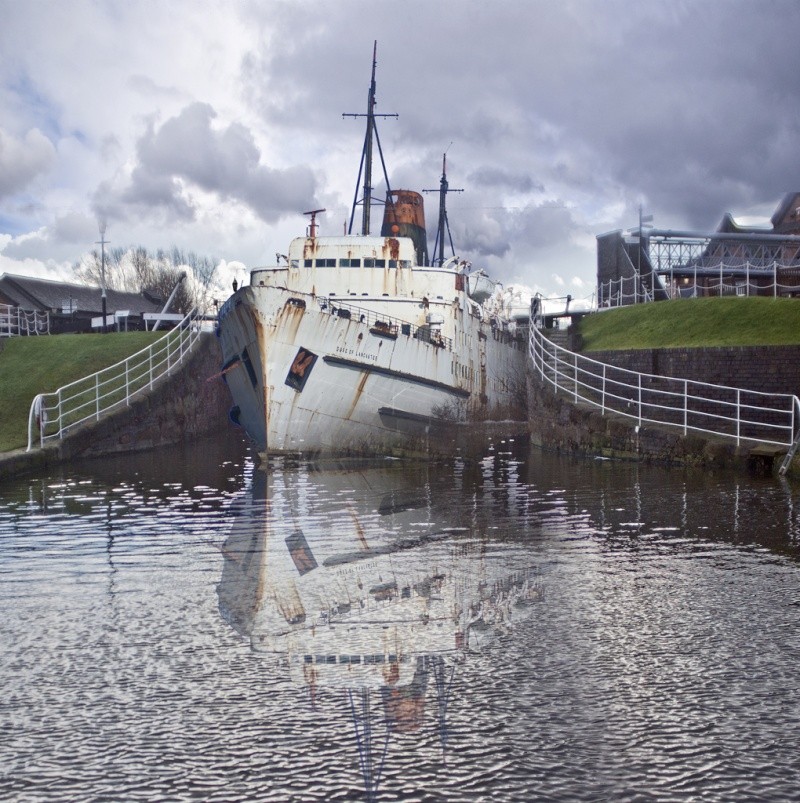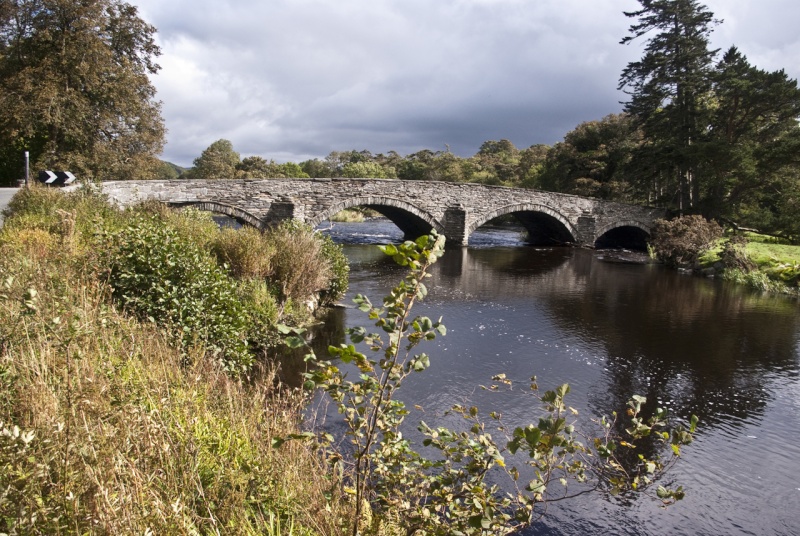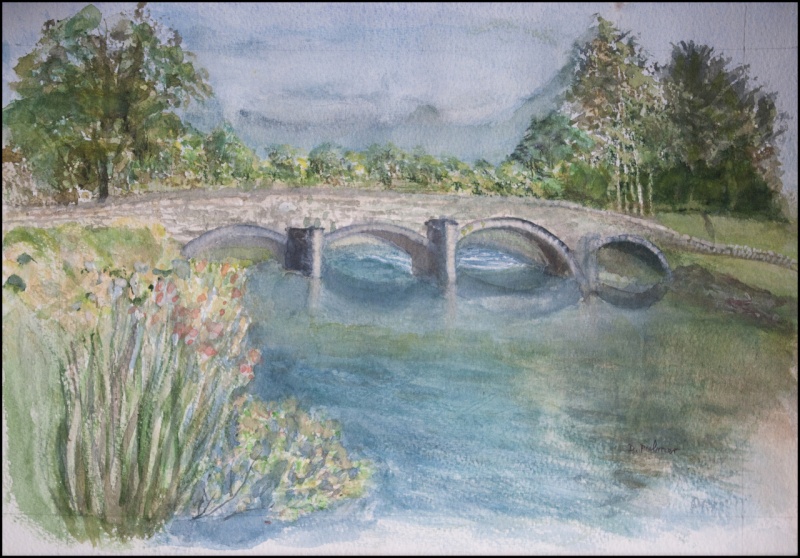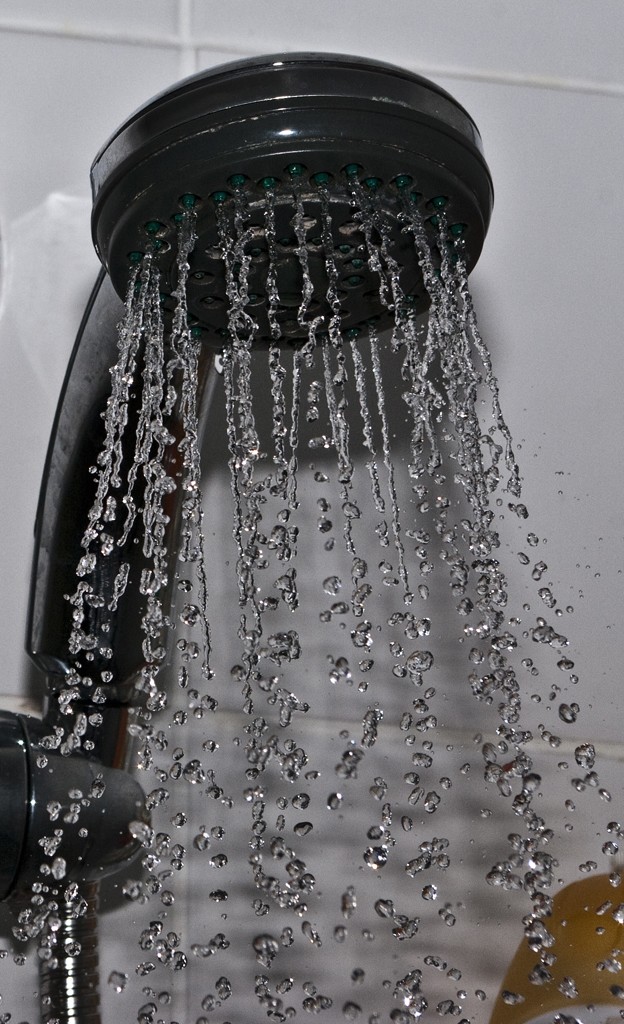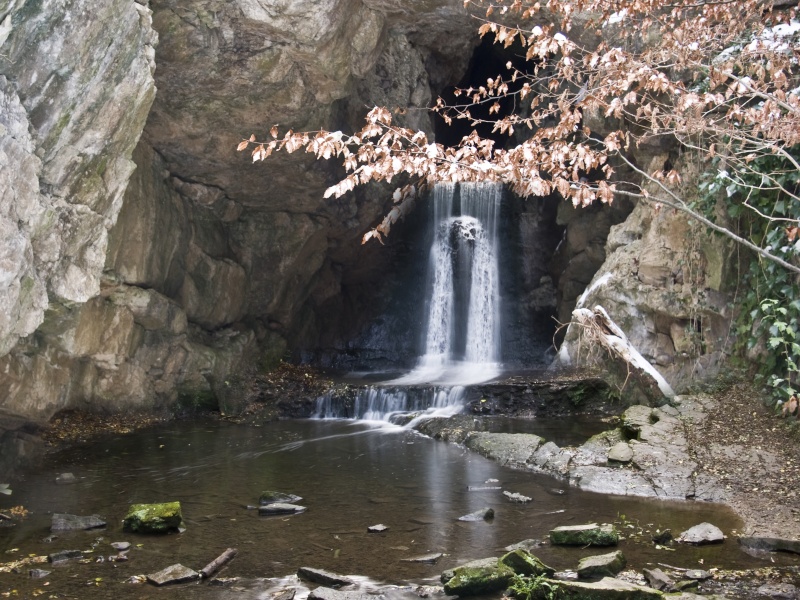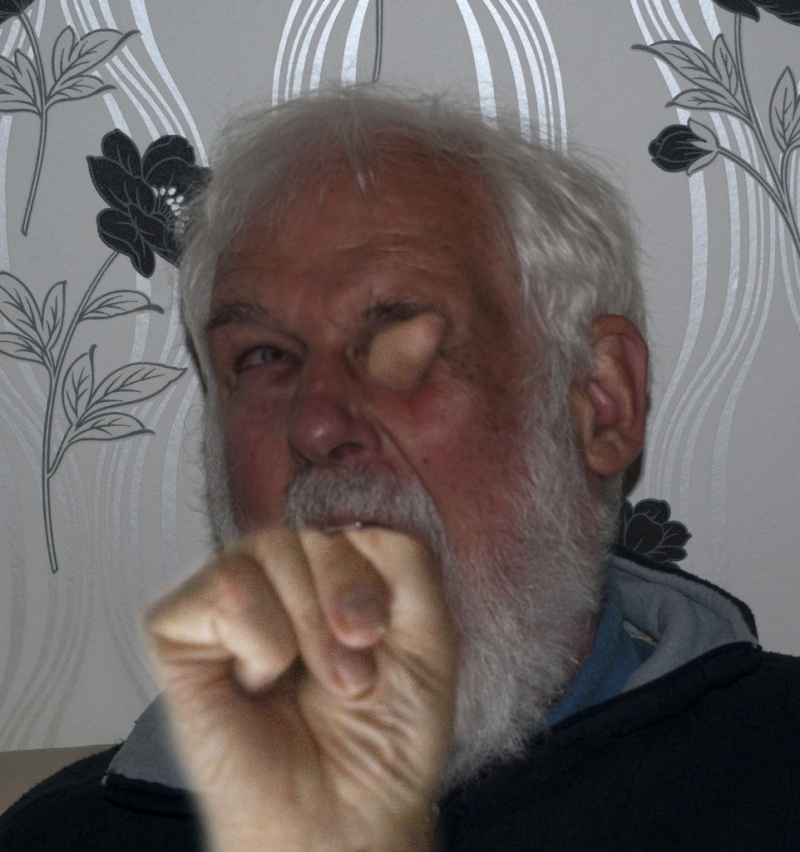Asan ex-pro myselffrom the film days - first commercial, then fashion finally industrial photography - I have to agree with pyounger IF YOUR GOAL IS TO LEARN PHOTOGRAPHY, which is what I thought the OP was after doing.- and good on him, he will learn far more following pyoungers advice than he will doing a course in photoshop et al.
I agree that photoshop (and all other such programs) off er a valuable creative edge, but it is NOT photography, that is art (or a painting as pyounger puts it). Not that there is anything wrong with mixing art and photography but as my art teacher used to tell me (I did a Dip AD too), you need to perfect both instruments before combing their power (instruments being referrd to as camera and brush).
In fashion and commercial photography we are all aware of the air-brushing that has always go on to reduce waist-lines and vanish the spots on our beloved celebrities - photography or art? I would say it depends on the degree of change more than 10% air brush is art to me.
I agree that photoshop (and all other such programs) off er a valuable creative edge, but it is NOT photography, that is art (or a painting as pyounger puts it). Not that there is anything wrong with mixing art and photography but as my art teacher used to tell me (I did a Dip AD too), you need to perfect both instruments before combing their power (instruments being referrd to as camera and brush).
In fashion and commercial photography we are all aware of the air-brushing that has always go on to reduce waist-lines and vanish the spots on our beloved celebrities - photography or art? I would say it depends on the degree of change more than 10% air brush is art to me.


